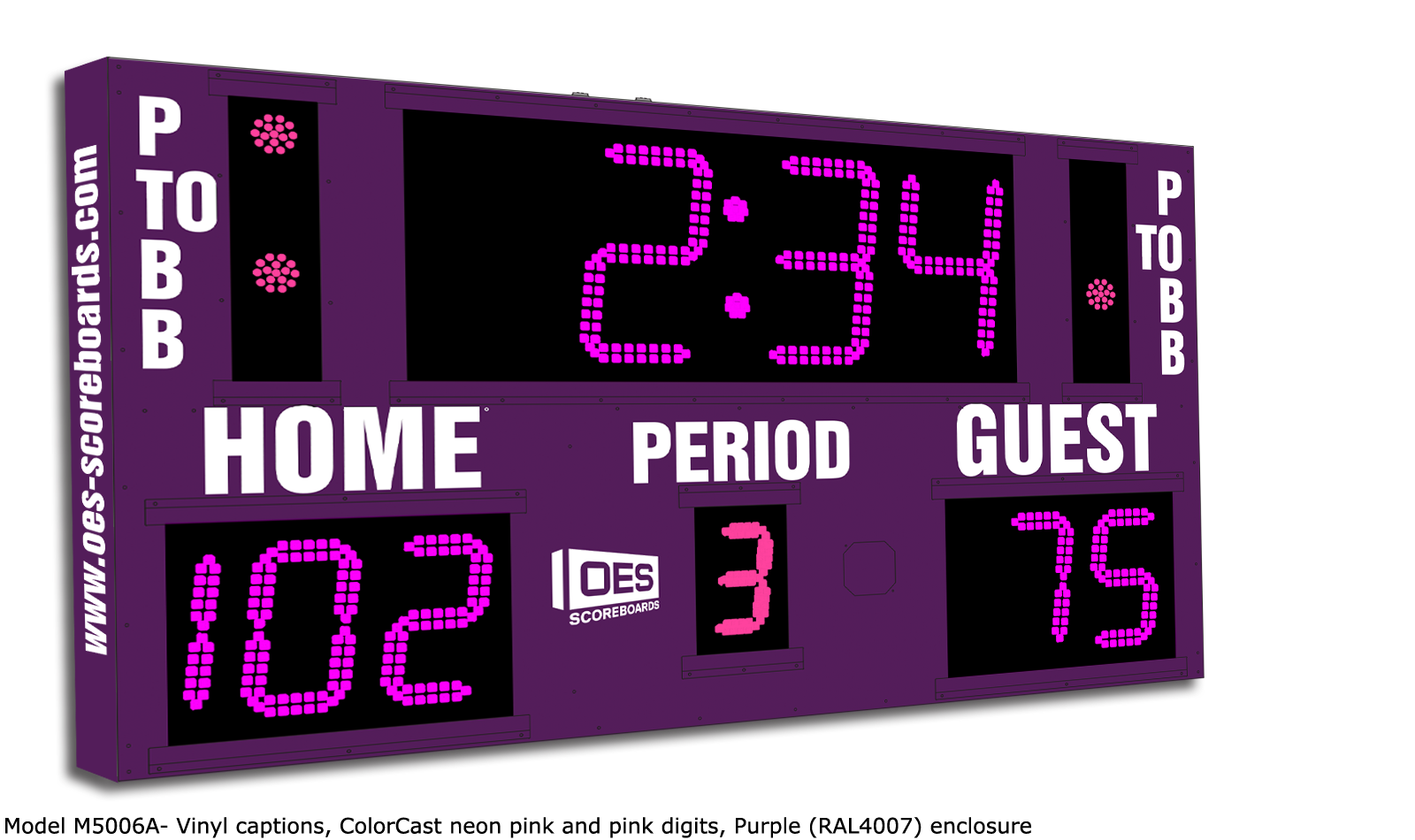

J Chem Process Eng 1:1–7ĭu Z, Deng S, Bei Y, Huang Q, Wang B, Huang J, Yu G (2014) Adsorption behavior and mechanism of perfluorinated compounds on various adsorbents – a review. (00)00082-8ĭawood S, Sen TK (2013) Review on dye removal from its aqueous solution into alternative cost effective and non-conventional adsorbents. ĭabrowski A (2001) Adsorption-from theory to practice. Crit Rev Environ Sci Technol 47:1836–1876. īhatia D, Sharma NR, Singh J, Kanwar RS (2017) Biological methods for textile dye removal from wastewater: a review. īensalah N, Alfaro M, Martínez-Huitle C (2009) Electrochemical treatment of synthetic wastewaters containing Alphazurine A dye. KeywordsĪdegoke KA, Bello OS (2015) Dye sequestration using agricultural wastes as adsorbents. Along these lines, this chapter proposes magnetic-based materials as potential contenders for wastewater treatment. The resultant agricultural biomass inferred attractive adsorbents displayed a permeable structure with a higher particular surface area and more oxygen-containing practical gatherings than its carbonaceous antecedent. The general strategies for preparing attractive adsorbents and the components of overwhelming dye sorption are additionally investigated in detail. This chapter talks about the amalgamation of magnetic adsorbents from rural waste and their applications in overwhelming dye expulsion. Various characteristics and engineered adsorbents were utilized. Attractive partition of lethal toxins is turning into a potential technique in wastewater treatment and is found to have prevalent criticalness in the evacuation of dyes even more so than regular techniques for medicines. It has a decent prospect for the far-reaching usage of assets when utilized for natural contamination control. Agrarian waste has the benefits of an extensive variety of sources, it requires minimal effort, and it is sustainable.


#COLORCAST KINETIC FREE#
Agricultural waste has free and permeable structures and contains utilitarian gatherings, for example, the carboxyl gathering and hydroxyl gathering, so it can be considered as an organic adsorption material. Because of the low working expenses and high adaptability, adsorption is considered as a standout amongst the best advances for poison administration. Due to its difficulty and cost, this process would never be repeated for another feature film.As of late, different mechanical exercises have genuinely contaminated the earth. In addition, the varying quality and age of the film layers caused differing brightness levels for the backlit effects from frame to frame, explaining why glowing outlines and circuit traces tended to flicker in the original film. With multiple layers of high-contrast, large-format positives and negatives, this process required truckloads of sheet film and a workload even greater than that of a conventional cel-animated feature. In this process, live-action scenes inside the computer world were filmed in black-and-white on an entirely black set, printed on large-format high-contrast film, then colorized with photographic and rotoscopic techniques to give them a “technological” feel. Most of the scenes, backgrounds and visual effects in the film were created using more traditional techniques and a unique process known as “backlit animation”. Because the technology to combine computer animation and live action did not exist at the time, these sequences were intercut with the filmed characters. However, the film contains less computer-generated imagery than is generally supposed: Only fifteen to twenty minutes of actual animation were used, mostly scenes that use vehicles such as light-cycles, tanks and ships. Tron was one of the first movies to make extensive use of any form of computer animation, and is celebrated as a milestone in the computer animation industry. Peter Lloyd, a high-tech commercial artist, designed the environments. Most of the vehicle designs (including Sark’s aircraft carrier, the light cycles, the tank and the solar sailer) were created by industrial designer Syd Mead, of Blade Runner fame. Renowned French comic book artist Jean Giraud (aka Moebius) was the main set and costume designer for the movie. Three designers were brought in to create the look of the computer world. Read the wiki entry on it and you’ll see that it’s because of some really old-school analogue techniques that were used and the visionaries who art directed it. I think it sits in the collective consciousness as a laughable example of 80s cheese, but if you go back and watch it its surprisingly beautiful! The composition is something that all IS050 readers can definitely get down with. Tron is so much better than people remember.


 0 kommentar(er)
0 kommentar(er)
